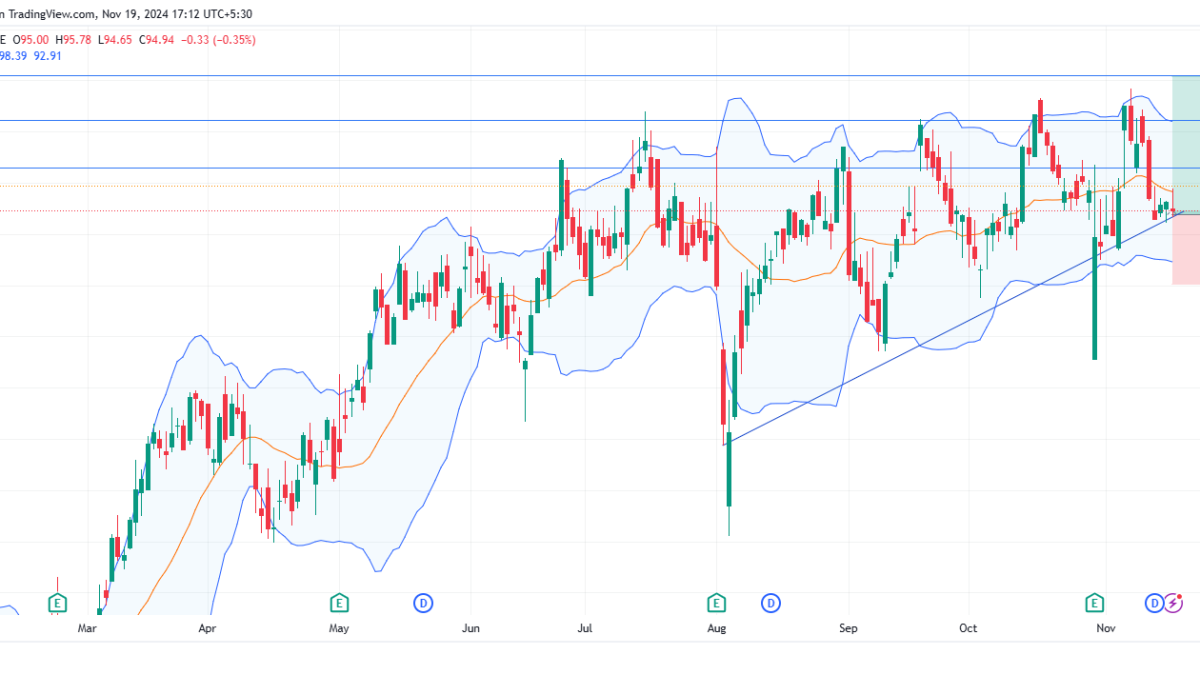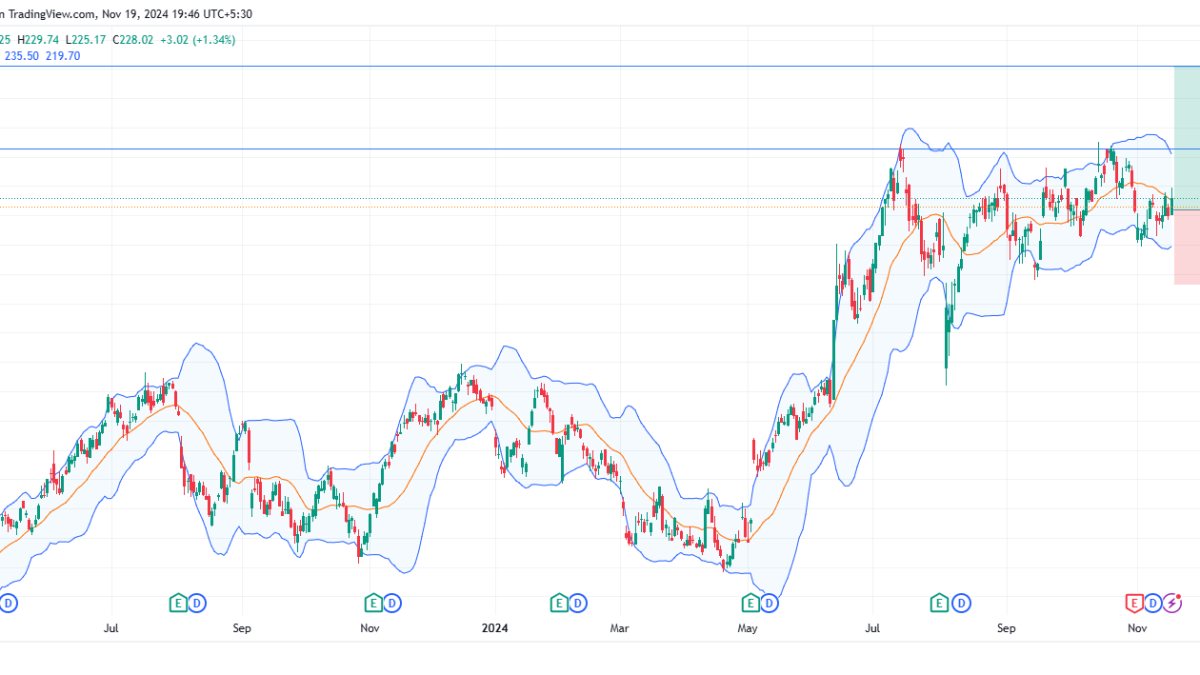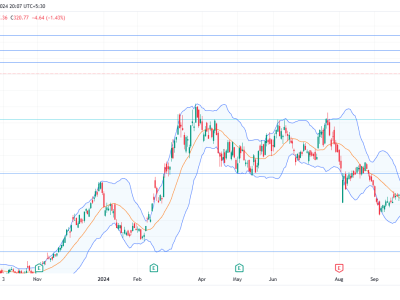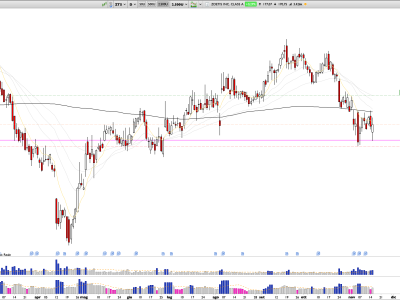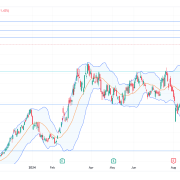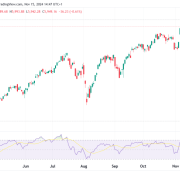
Global stocks are turning red this morning after Vladimir Putin eased the conditions that would make Russia consider using its nuclear arsenal.
Putin has amended the country’s nuclear doctrine to include “a large-scale launch of enemy aircraft, missiles, and drones targeting Russian territory, their crossing of the Russian border, and an attack on its ally Belarus” among events that would prompt nuclear retaliation.
Europe’s Stoxx 600 is down 1.2% at writing as investors reacted to the rising tensions between the US and Russia.
The Dow Jones Industrial Average fell by 327 points or 0.7%.
Both the S&P 500 and Nasdaq Composite declined by 0.5%.
Treasurys rose as investors sought safety, pushing yields down. Gold futures also saw an increase.
Why did Putin take such an aggressive stance?
The news arrived only days after the United States changed its policy and allowed Ukraine to deploy American-made long-range missiles against Moscow.
US stock futures coupled with the Nasdaq 100, Dow Jones, and S&P are down less than 1.0% each on Tuesday – while gold is up close to 1.0% suggesting investors are moving into safe-haven assets to shield against the escalating geopolitical risks.
The Japanese yen has added some 0.4% against the USD as well.
“The conflict is escalating … I expect to see some kind of immediate reaction, knee-jerk reaction,” Tiffany McGhee, the chief executive of Pivotal Advisors told CNBC in an interview on Tuesday.
Nonetheless, oil prices, which typically increase during times of war and geopolitical conflict, remain in the red today.
Russia-driven sell-off may prove to be short-lived
Wells Fargo strategist Erik Nelson expects the near-term weakness in global financial markets following Putin’s move today to be short-lived “so long as any indications of escalation remain more verbal in nature.”
Note that Russia had first disclosed plans of updating its nuclear doctrine in September.
He, therefore, recommends investors remain positioned “for higher inflation and sturdy growth into the final weeks of the year.”
Stocks in Russia as represented by the MOEX Russia index are also losing on Tuesday.
The benchmark index is down well over 20% versus its year-to-date high at writing.
Goldman Sachs sees upside in S&P 500 to 6,500 level
Despite rising concerns of a nuclear war, Goldman Sachs continues to see an 11% upside in the benchmark S&P 500 index in 2025.
Its lead strategist David Kostin expects continued economic growth and margin expansion to deliver sizable earnings growth in the coming year.
The investment firm forecasts a 78 basis points increase in net margins to 12.3% and earnings growth of 11% in 2025. Kostin also told clients today:
Our economists assume the Trump administration will impose targeted tariffs on imported automobiles and select imports from China.
They assume a 15% corporate tax rate on domestic manufacturers. On net, the impact of these policy changes on our EPS forecasts offset one another.
The benchmark S&P 500 index touched Goldman Sachs’ year-end target of 6,000 on November 11th – about a week after the election day.
The post Global stock markets drop as Russia lowers threshold for nuclear retaliation appeared first on Invezz


